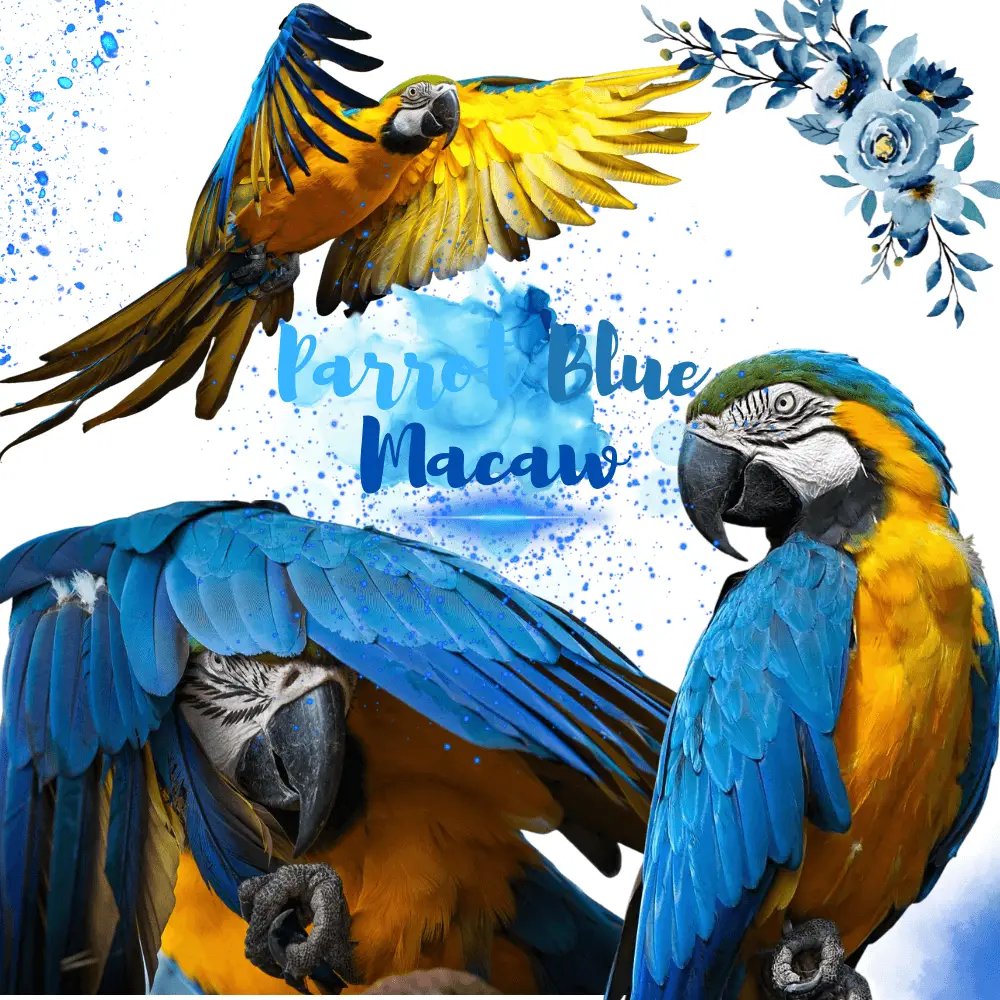
Parrot blue macaw also called the blue and yellow macaw or blue and gold macaw, the blue and yellow parrot, is a species of a parrot belonging to the order Psittaciformes and the family Psittacidae.
This Macaw lives in South America (Amazon) where the species is endemic (Guyana, Brazil, Venezuela, Argentina, Peru, Colombia, Bolivia, Ecuador).
Because of its beautiful plumage and its ability to “speak” like other talking parrots for example Amazon Parrot, African Grey Parrot, and Eclectus Parrot, and imitate humans, it is now often used as an aviary bird and as a pet bird.
Like other species of parrots or parakeets, the blue and yellow macaw, with its bright and shimmering colors, is very popular with lovers of a pet or ornamental birds. Unfortunately, with a high purchase price, the bird is the victim of illegal trafficking that endangers the species in its natural habitat.
The blue and yellow parrot is a sociable and playful bird; He is able to learn to speak, imitate, or repeat words or sounds.
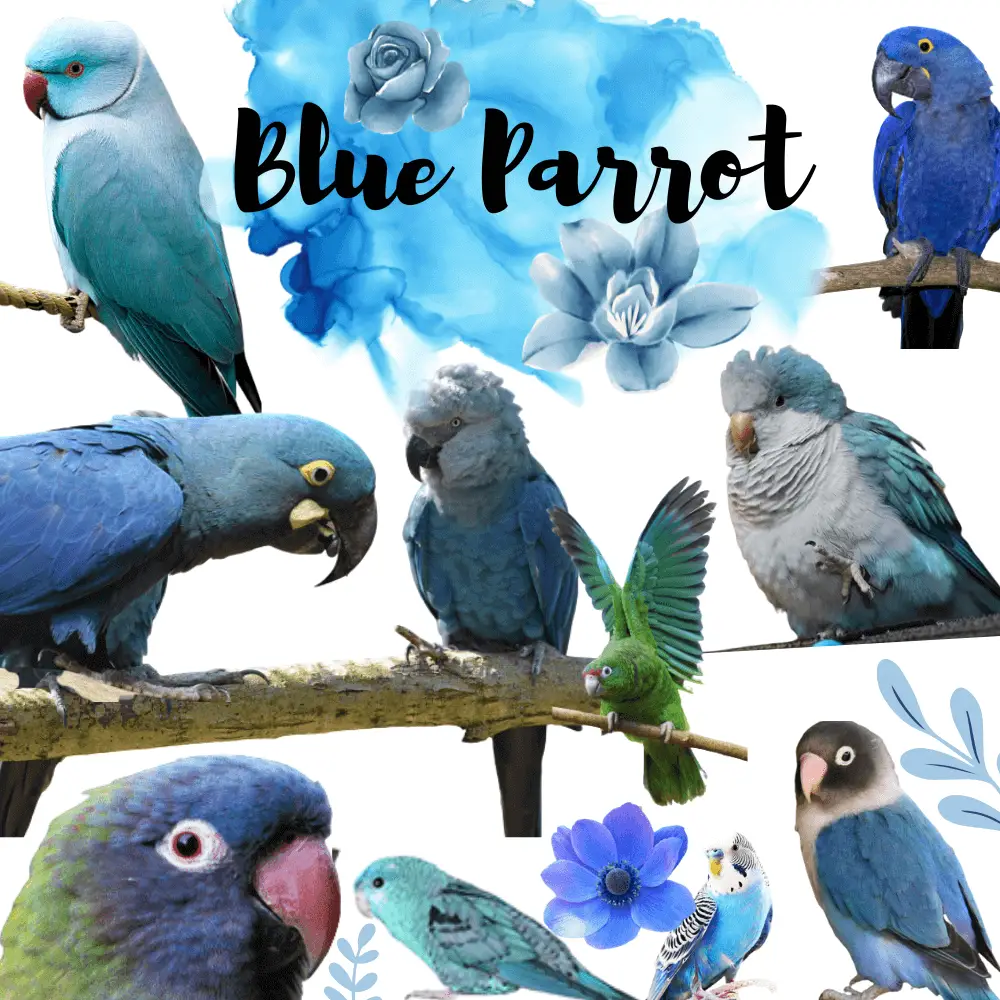
Blue Parrot
The blue parrot has brightly colored plumage: bright green top of the head, white cheeks, and face, and pale yellow iris. Its powerful and hooked beak is blackish, and a black collar at the neck widens under the cheeks and chin. The turquoise blue of the upper parts extends to above the tail which can pull on the dark purple. The underside of the wings is golden yellow as well as the sides of the neck, mumps, and the underside of the feathers. The legs are dark gray.
Blue Macaw identity sheet
The Blue Macaw is a species of parrot belonging to the order Psittaciformes and the family Psittacidae. It is considered monotypic (no subspecies). The Ararauna macaw is endemic to the Amazon basin in South America. It measures on average 86 cm with a wingspan of 104 to 114 cm and a weight of up to 1.3kg.
Scientific classification of the blue and yellow parrot
- Kingdom: Animal
- Phylum: Vertebrate chordate
- Class: Bird
- Order: Psittaciformes
- Family: Psittacidae
- Genus: Macaw
- Species:ararauna
- Latin name:Ara ararauna
Physical characteristics of the blue macaw
All you need to know about the Physical characteristics of the blue macaw
Waist
85 to 90 cm
Scale
105 to 115 cm wings spread
Weight
1 to 1.3 kg
Body characteristics
Thick hooked bill, broad wings, long tail, long claws
Flight characteristics
Direct flight with slow wing beats
Plumage color
Brightly colored colorful plumage: green head top, white cheeks, black gray beak, black necklace at the neck, bright turquoise blue body top, golden-yellow underside, purple-blue tail
Voice
As with parrots, the bird is very noisy and uses a wide range of calls and songs to communicate with its congeners.
Loud and guttural scream; sort ofrraaah-rraaah-rraaah.
Blue macaws are also able to speak and imitate human language.

Habitat and diet of the blue macaw
All you need to know about blue macaw parrot food and nutrition
Geographical distribution
South America (Amazon): Guyana, Colombia, Brazil, Argentina, Peru, Bolivia, Ecuador
Wet habitat for the Ararauna macaw:
The Blue Macaw lives in South America: Guyana, Brazil, Venezuela, Argentina, Peru, Colombia, Bolivia, and Ecuador. It mainly frequents humid woodlands, regularly flooded forests (varzeas), marshes, swamps with palm trees, and wooded areas located along a river or river. The parrot is also found in lightly forested savannahs and in tropical plains and savannas. The bird is occasionally found on the edges of dry forests. It remains most often in low regions (below 500 meters above sea level) but in Peru, it is sometimes observed up to 1500 meters above sea level.
Place of life
The blue macaw lives in humid woodlands, flooded forests, marshes, swamps, and forests along a river or river.
It appreciates the proximity of water in its environment.
Diet
Herbivorous
Type of food
Macaw Parrot food: The blue and yellow macaw eats mainly seeds, fruits, nuts, flowers, and vegetables.
Its hooked beak serves as its “3rd leg” and it uses it to hang from branches and catch food.
Like other species of macaws, the blue and yellow parrot feeds on clay that it finds on the banks of rivers. Rich in mineral salts, clay helps the bird digest the toxic residues present in some fruits.
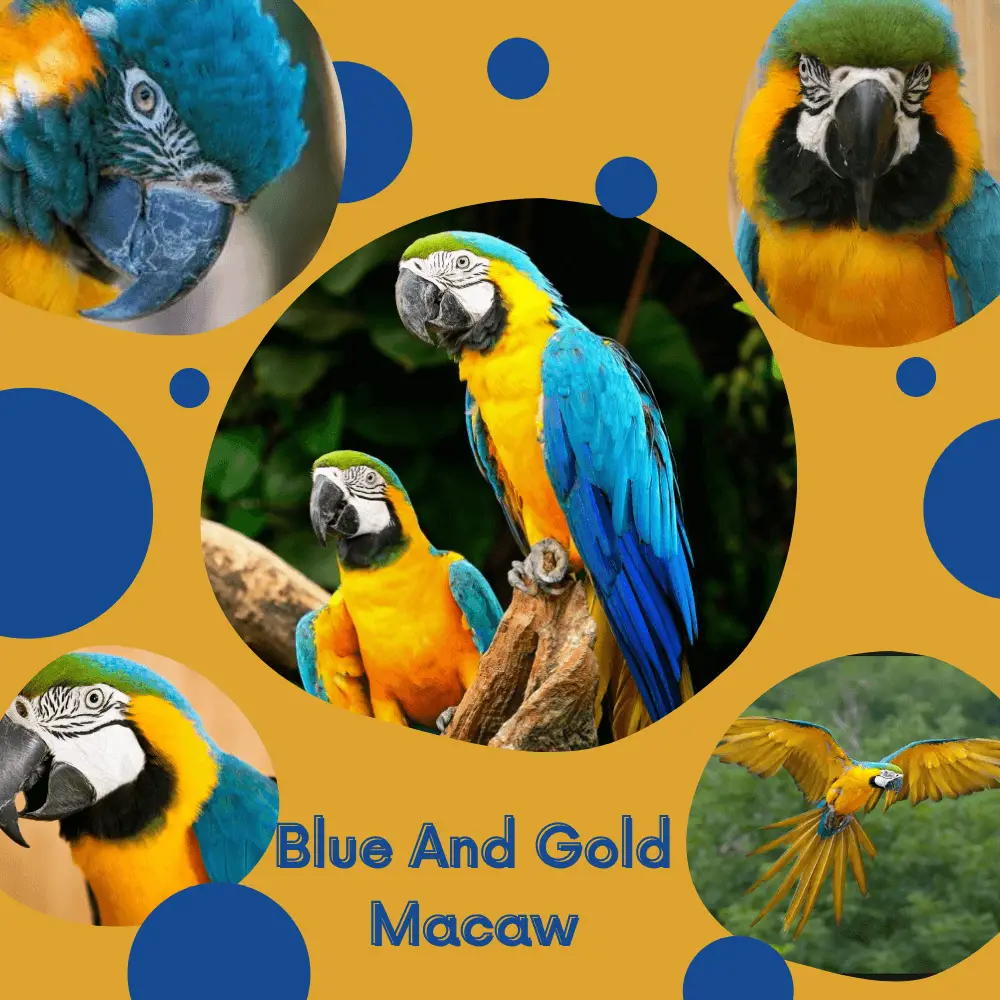
All you need to know about the structure of the blue macaw parrot
Social life
The blue macaw is a sedentary bird endemic to the Amazon. However, the bird may migrate locally (in groups) depending on the food available in its territory.
Gregarious and sociable birds, blue macaws most often live in pairs or groups composed of several individuals. Pairs are very fusional and when they fly together, they are so close that the wings of the male and female sometimes touch.
A diurnal bird, the blue and yellow macaw is an arboreal bird. It spends its days in the trees to feed. Sometimes he goes down to the ground to eat the fruits or nuts there.
Like parrots, blue macaws are very noisy parrots and use many calls and songs to communicate with congeners.
A monogamous bird, the couple is faithful throughout life.
Social life
Some raptors such as the falcon, the eagle, the ferocious harpy, or the crested harpy are its main predators.
Blue Macaw breeding
All you need to know about the reproduction of the blue macaw and parrot breeding.
Sexual maturity
8 to 10 years
Nesting period
December to May: It depends on the region where the bird lives and the climatic conditions
Place of laying the nest birth
Arboreal nesting. Nest high in a tree hole (palm tree)
A number of annual broods
1 brood per year
The number of eggs per clutch
1 to 4 eggs per clutch
Duration of incubation/brooding
24 to 28 days; Only the female incubates the eggs
Weaning:
Small parrots are nidicolous and are fed by 2 parents. Juveniles fledge after 10 to 12 weeks. They will still be fed by their parents for several months before becoming independent.
Longevity of the blue and yellow macaw
Blue-yellow macaw parrot lifespan
Life expectancy
The Macaw lifespan of the blue and yellow macaw is 30 to 40 years in the wild and up to 60 years in captivity.
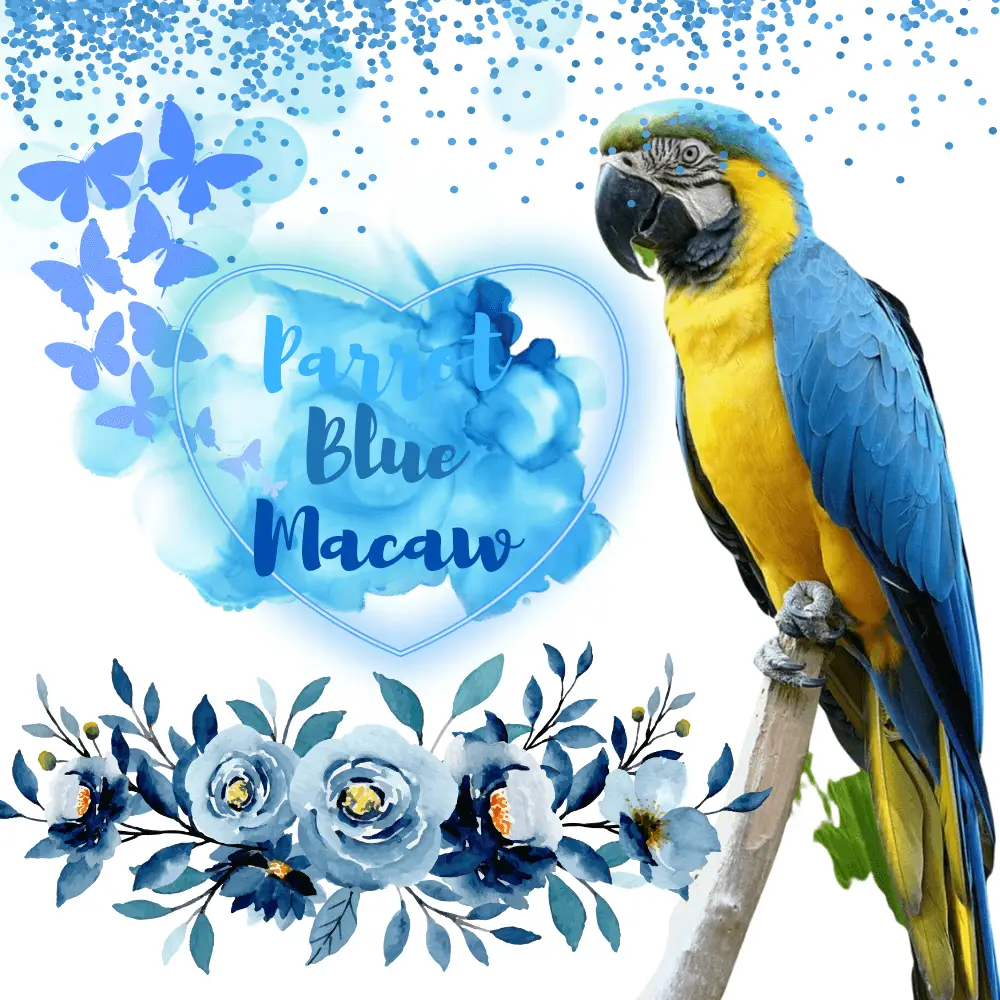
Conservation Protection Threats to the blue and yellow parrot
Blue yellow macaw Parrot conservation Protection Threats
Blue macaws a vulnerable brood
The breeding season varies by region but is always between November and June. The arboreal nesting of the Blue Macaw most often takes place in height, in the cavity of a palm tree. Laying usually consists of 1 to 3 eggs that the female incubates for 24 to 28 days. Both adults aggressively protect the chicks that are born naked, blind, and unable to feed themselves. Most often, only the strongest of the brood survive while the others perish from predation, malnutrition, or disease. Juveniles put on their full plumage and fly away after 10 to 12 weeks but remain with their parents for several months before becoming independent.
IUCN Conservation Status
- Least Concern (LC)
The Blue Macaw, a coveted bird: Some diurnal raptors such as the falcon, eagle, ferocious harpy, or crested harpy are the main predators of the Blue Macaw, which they attack in flight. Other threats to the parrot include habitat loss and degradation(urbanization, deforestation…) as well as hunting for resale as a pet. The beauty of its plumage and its ability to imitate human language makes it a highly sought-after ornamental bird. Its high price feeds illegal trafficking that endangers the species. While blue macaw populations are not considered endangered, they are declining in some areas. In Brazil, the animal is a common species it was reintroduced to Trinidad where it had disappeared. The Ararauna macaw has benefited from protection measures since 1986. Its lifespan is 30 to 40 years in the wild and up to 60 years in captivity.
Safeguards
The blue macaw is not a globally threatened species in the wild. However, in some areas, the parrot has completely disappeared due to the destruction of its natural habitat and its hunting to sell it as a caged bird.
The species has benefited from protection measures since 1986.
Population size
NC
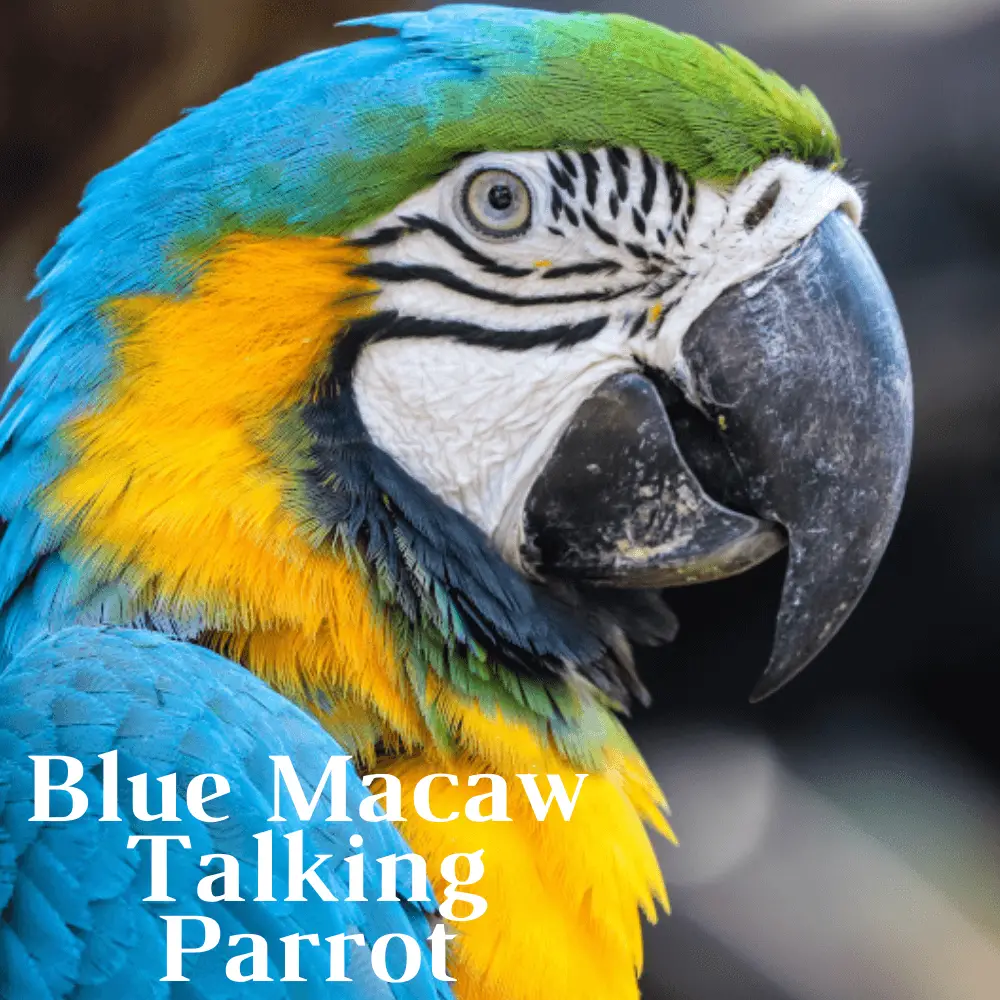
Blue macaw parrot is one of the most beautiful parrots in South America
Wearing flamboyant plumage, the Blue Macaw is one of the most iconic parrots in South America. In addition to its beauty, its ability to “speak” human make it a highly prized bird as a pet. Focus.
Rather arboreal, the Blue Macaw generally feeds in the treetops and constitutes its fruit-based diet, with a preference for those of the mauritia and acrocomia palms. It uses its hooked beak as a third leg to hang from branches and grasp food. The herbivorous bird also consumes berries, seeds, nuts, flowers, buds, leaves, and various local plants, including poisonous (poisonous foods for parrots) (poisonous plants for parrots) species. To digest the poisons contained in these plants, it swallows mineral-rich clay found near streams.
The Blue Macaw couple united for life
Rathernoisy, the Blue Macaw is easily spotted when it deploys its repertoire of calls and songs to communicate with its congeners. At dawn and dusk, he does not go unnoticed by going back and forth between his dormitory and the feeding places. Gregarious in nature, the diurnal bird lives in pairs, in family tribes, or in small flocks of 20 to 30 individuals. The members of the group spend their day interacting with each other, grooming, and feeding each other and at night they all sleep together. More abundant gatherings are found at clay-rich sites. Monogamous and fusional, the couple rarely separates, even in mid-flight.




















